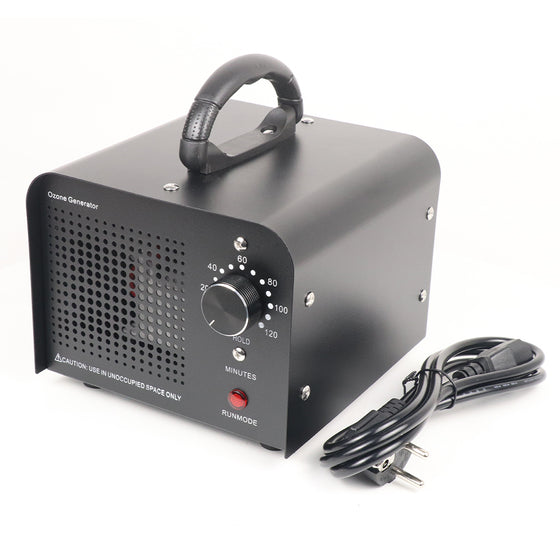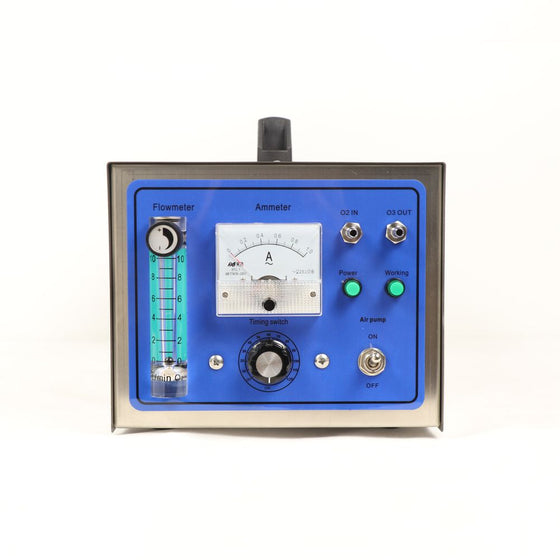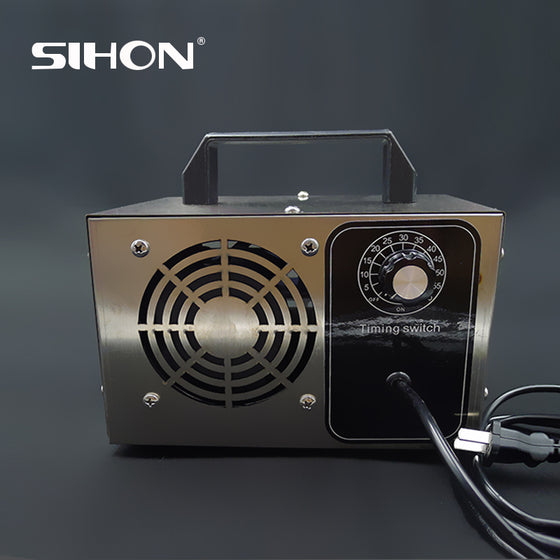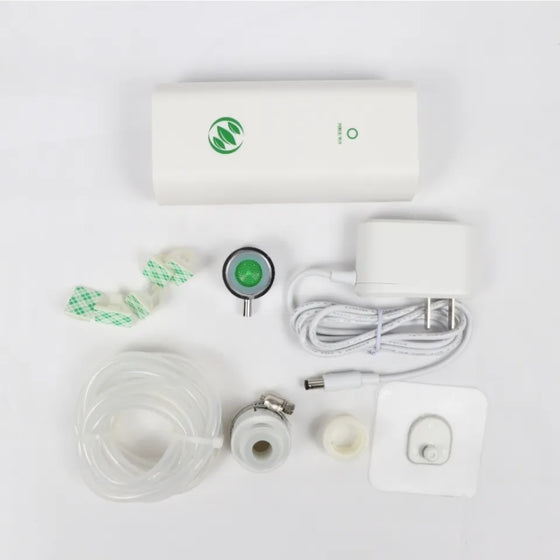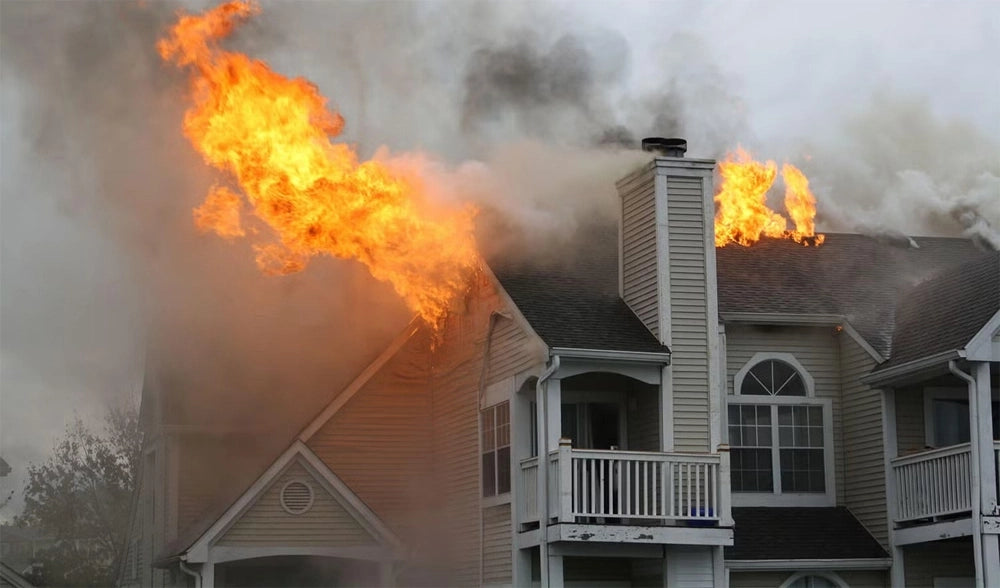How to Enhance Indoor Air Quality in Cold and Flu Season

The onset of the Cold and Flu season is here, marked by a drop in temperature that keeps us indoors more often. According to the Center for Disease Control (CDC), millions of cases of the common cold are reported annually, with children being particularly susceptible. Although colds can occur throughout the year, fall and winter are commonly referred to as "cold and flu season." The primary defense against colds and flu during this season is to enhance indoor air quality. The places where you spend the majority of your day, whether at work or at home, play a significant role in determining how frequently you fall ill.
Typical Indoor Air Contaminants

● Viruses - The common cold can be triggered by over 100 various viruses, while only influenza types A, B, and C lead to flu infections. Type A viruses, which undergo annual mutations, necessitate regular flu vaccinations due to the emergence of new strains each year, making it crucial to stay protected.
● Bacteria - Bacteria can serve as a significant contributor to respiratory conditions virtually anywhere. It has the potential to induce allergies, trigger asthma, and even lead to infections. Common symptoms involve inflammation in the nose, throat, sinuses, and lungs.
● Mold Spores - Mold, a fungus, has the potential to inflict significant harm on your property and pose serious health risks. Prolonged exposure to mold spores can result in severe respiratory conditions, including chronic sinusitis, allergies, or asthma. Moreover, under suitable temperature and humidity conditions, mold can thrive on various materials within your home, such as carpets, drywall, and wood.
● Dust Mites - These tiny insects have the potential to trigger significant allergic reactions. Thriving on accumulated dead skin cells and hair found on furniture, mattresses, pillows, and other surfaces, dust mites reproduce rapidly, leading to the presence of millions or even billions within your home.
● "Harmless" Chemicals - Everyday household chemicals, such as chlorine and ammonia, can generate toxic gases when mixed. These fumes may persist in the air for hours, posing a risk of overwhelming exposure. In the event of such an occurrence at home, evacuate immediately and open all windows and doors to facilitate the dissipation of the fumes.
● Cigar and Cigarette Smoke - Indoor smoking significantly impacts the air quality of your home. Whether it's from cigars or cigarettes, secondhand smoke is equally detrimental to health. Smoke frequently acts as a common trigger for individuals with allergies and asthma. The persistent odors linger in the home for an extended period, adhering to curtains, carpets, walls, and bedding.
● Pet Dander - Dogs and cats naturally shed hair, leaving it scattered throughout the living space. A significant portion of this hair is drawn into the ductwork, where the furnace filter captures it to prevent recirculation into the home. Pet owners are familiar with the challenge of managing excess pet fur, feathers, bodily fluids, and dander, which can compromise indoor air quality. This issue is particularly significant for individuals with allergies or asthma, making it crucial to prioritize and address indoor air quality concerns.
● Scented Candles and Sprays - Even though scented candles and air fresheners may seem enjoyable, they can contribute to indoor air pollution since these products derive their scents from chemicals. Candles crafted from paraffin wax, for instance, contain toxins like benzene, leading to the presence of heavy metals in the air.
● Outdoor Air - When outdoor air quality declines, the indoor air quality in your living space is also impacted. Residing in a city with high pollution levels or in areas abundant with pollen, such as wooded regions, can result in indoor air pollution that may be underestimated. Additionally, homes in areas prone to wildfires are susceptible to experiencing the consequences of compromised outdoor air quality.
These contaminants conceal themselves within your ducts, drift through the air, and settle on tables, countertops, and various surfaces in your home. Doesn't it sound unpleasant? Let's explore ways to enhance your indoor air quality.
Methods for Enhancing Indoor Air Quality

● Change Your Air Filters - Wondering if a dirty air filter can make you sick? The straightforward answer is yes. Air filters serve to trap pollutants, allergens, and contaminants, and they become problematic when they reach full capacity. Neglecting to replace them opens the door to trouble in your home. A new air filter, particularly one with a MERV 11 or 13 rating, has the capability to capture bacteria and numerous viruses before they circulate in your indoor air, potentially causing infections. Moreover, it can filter out allergens such as smoke, pollen, dust mites, and pet dander.
● Use an Air Scrubber - Employing an air scrubber also proves to be a good method for eliminating air contaminants. It's important to note that its effectiveness is best suited for small spaces rather than the entire household. Many users choose to position it in their bedrooms and living rooms to maximize its efficiency.
● Use an Ozone Generator – An ozone generator can be used to enhance indoor air quality during cold and flu season due to their potential to neutralize airborne pathogens and eliminate odors. The benefits include the perceived ability to reduce viruses, bacteria, and mold, creating a fresher indoor environment.
● Open Your Windows - Allowing fresh air to circulate within your home is achieved by periodically opening your windows. This practice can be implemented before activating your furnace or air conditioning system.
● Properly Ventilate - When using chemicals in your home, it's essential to guarantee proper ventilation by opening windows and activating exhaust fans until the fumes disperse. The most effective approach to steer clear of potentially hazardous chemicals is to transition to natural cleaning alternatives.
● Add Live Plants - Incorporating live plants into your living space is a beneficial strategy for improving indoor air quality. Numerous studies, including one conducted by NASA, highlight the advantages of air-purifying plants, indicating that these plants, along with their soil and root systems, can effectively capture certain indoor air pollutants.
Safeguarding your home against cold and flu viruses begins by ensuring that your indoor air is clean and devoid of contaminants. In addition to maintaining good hygiene practices, such as washing your hands for at least 20 seconds with warm, soapy water and avoiding contact with individuals known to be sick, it's advisable to isolate anyone unwell in your home to minimize the spread of illness. When in proximity to a sick person, wearing a face mask can assist in limiting airborne transmission.
Contact Sihon-Ozone
Sihon-Ozone is a supplier of ozone generator products specializing in R&D and production. Ozone generators from Sihon-Ozone are used in countless use cases in a wide range of industries. Ozone generators designed for home use are a smart choice for indoor air purification, effective sterilization and prevention of colds during the cold and flu season. Take action now to create an environment where the virus is difficult to live in your home. Contact us today for the best ozone generator for your home environment.
New Arrivals
Leave A Reply
Your email address will not be published. Required fields are marked *
